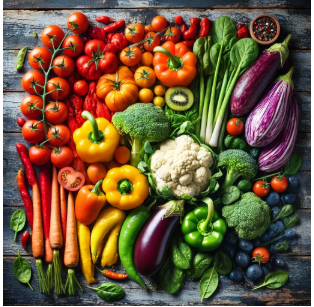Written by Oluwaferanmi O., Business Administrator, Enconverge Incorporating rainbow vegetables into your diet is a simple yet transformative way to improve your health and reduce your environmental footprint. The idea is to eat a variety of vegetables from different color groups, each providing unique health benefits. Beyond personal wellness, this practice fosters environmental sustainability, making…...
Individual Premium Membership Required
You must be a Individual Premium member to access this content.
Already a member? Log in here




